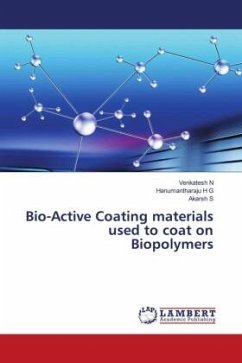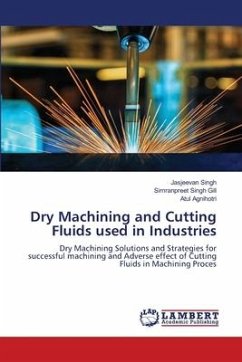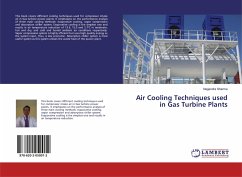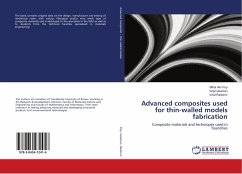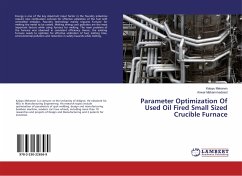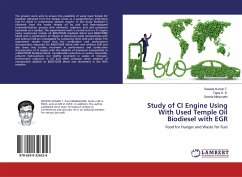
Tribology of Materials used in High voltage Loco Transmission systems
Wear of Cu wire in High voltage electromotive transmission lines
Versandkostenfrei!
Versandfertig in 6-10 Tagen
24,99 €
inkl. MwSt.

PAYBACK Punkte
12 °P sammeln!
For more than a century monolithic graphite and metal-graphite brushes have been implemented with great success in electric current transfer applications such as electric train motors, high power DC current generators, aircraft actuators, automobile fuel pumps, and wind turbines among many others . Modern trends toward greater efficiency and demand for greater power output require higher current density and lower brush contact resistance than these brushes can provide due to relatively high bulk material resistances and operating temperatures. So the question is, why after such a low wear rate...
For more than a century monolithic graphite and metal-graphite brushes have been implemented with great success in electric current transfer applications such as electric train motors, high power DC current generators, aircraft actuators, automobile fuel pumps, and wind turbines among many others . Modern trends toward greater efficiency and demand for greater power output require higher current density and lower brush contact resistance than these brushes can provide due to relatively high bulk material resistances and operating temperatures. So the question is, why after such a low wear rate & various sophisticated overhead wire geometry measurement systems used during maintenance, wire gets failed? Till now the design of the contact wire is strength based, this approach suffers from the drawback that it does not considers the existence of cracks. There are various possibilities of existence of crack, some of them are: i) void (a crack nucleation point) may originate in the material during manufacturing, ii) a micro scratch may develop at the clamps/gripping points and iii) a micro scratch may also develop during installation or maintenance due to human error/ignorance.



